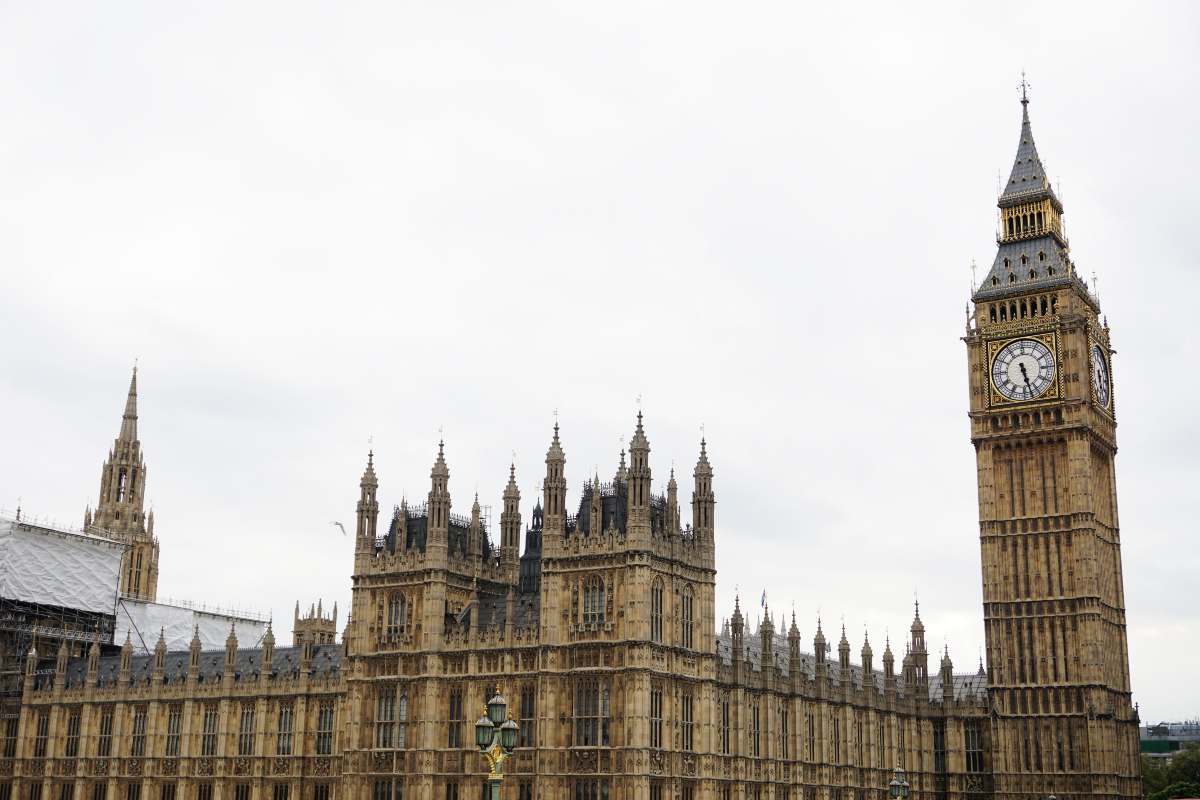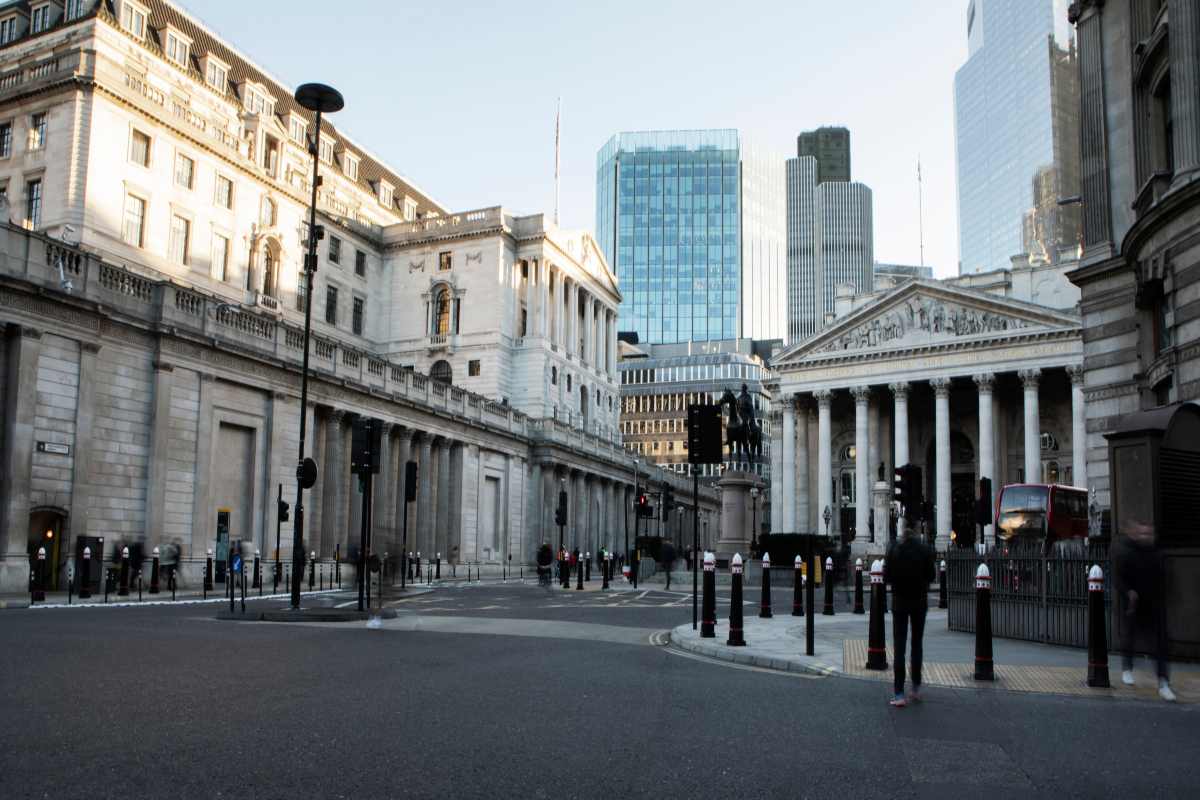The Bank of England recently increased its base interest rate to 3%, marking one of the most significant monetary policy shifts over three decades. While headlines focus on inflation and economic stability, the practical implications for homeowners, savers, businesses, and everyday consumers are profound. Understanding these changes is critical to protecting your financial well-being and making wise decisions during these uncertain times.
Why Has the Bank of England Increased Interest Rates?
The urgent need to tackle persistently high inflation is at the heart of this rate rise. In the UK, inflation recently hit 10.9% — a level not seen in decades. Several intertwined factors have contributed to this surge:
- Soaring energy prices, driven by geopolitical tensions and supply chain disruptions
- Rising food costs, exacerbated by global shortages and increased transport expenses
- Wage growth pressures are pushing up operational costs for businesses.
- Global monetary policy tightening, as other major economies such as the US and the Eurozone also raise rates to combat inflation
The Bank of England’s Monetary Policy Committee (MPC) aims to return inflation closer to its 2% target, reinforcing economic credibility and supporting long-term growth. By increasing the base rate, the Bank hopes to curb excessive spending and borrowing, easing the economy’s price pressures.
How Do Higher Interest Rates Affect Homeowners?
Rising interest rates have immediate and potentially severe consequences for homeowners. If you hold a variable or tracker mortgage, your monthly repayments will increase almost immediately. Even those with fixed-rate mortgages must prepare, as future remortgaging will likely come at higher rates.
For example, a typical mortgage of £200,000 on a tracker deal could see annual payments rise by more than £3,500 depending on the exact terms. Higher costs can strain household budgets and impact property prices as borrowing affordability decreases.
Should You Switch to a Fixed-Rate Mortgage?
Many homeowners are considering locking into fixed-rate deals to safeguard against future rises. While fixed rates currently come at a premium, they offer peace of mind and stability. Before making a decision, assess:
- Your remaining mortgage term
- Early repayment charges
- Potential long-term savings compared to staying on a variable rate
Overpaying your mortgage, even modestly, can mitigate future interest costs and reduce the loan term.
 Iconic Victorian tower showcasing historic architecture.
Iconic Victorian tower showcasing historic architecture.
The Broader Impact on Borrowing and Credit
Higher interest rates ripple through all aspects of personal finance. Borrowers with individual loans, credit cards, or car finance agreements will face increased costs as lenders adjust to the new base rate. Additionally, credit criteria are becoming stricter, making approvals more challenging.
As borrowing becomes more expensive, households may reconsider discretionary spending, leading to potential slowdowns in the retail and service sectors.
What Does This Mean for Savers?
For savers, higher interest rates can finally bring a silver lining. After years of low returns, banks and building societies are starting to offer more competitive rates, especially on fixed-term savings products and cash ISAs. However, traditional high street banks often lag behind challenger banks and online providers when passing on rate rises.
Top tips for savers:
- Actively compare savings accounts to ensure you receive the most competitive rates.
- Consider laddering fixed-term accounts to balance accessibility and higher returns.
- Evaluate inflation-linked savings options to protect real purchasing power.
Remember that inflation may still erode real returns despite the uplift, so diversification remains crucial.
The UK Economic Outlook: Recession Risks and Recovery Prospects
While the base rate rise is intended to curb inflation, it also increases the risk of an economic slowdown. The Bank of England has warned of a possible recession lasting up to five quarters, possibly extending into 2026 if further hikes are needed.
Key Economic Indicators to Monitor
- GDP growth: Consecutive quarters of contraction signal a technical recession.
- Consumer confidence: Falling sentiment can dampen spending and investment.
- Business investment: Companies may delay or cancel projects due to uncertainty.
- Unemployment trends: Rising job losses can exacerbate economic fragility.
Despite these challenges, a more optimistic scenario exists. If inflation starts to decline steadily, interest rates could stabilise, paving the way for a gradual recovery by late 2025. Projections suggest inflation might fall to around 5.6% by the end of 2023, 2.2% by the end of 2024, and potentially below the 2% target in 2025.
How Are UK Businesses Affected?
Businesses across the UK already feel the squeeze from rising borrowing costs and weakened consumer demand. Higher rates increase the expense of loans, overdrafts, and other credit facilities, placing strain on cash flow.
Strategies for Business Resilience
- Review debt obligations: Renegotiate terms where possible to lock in lower rates.
- Strengthen pricing strategies: Adjust to reflect higher input and financing costs.
- Delay non-essential capital investments: Focus on core operations and liquidity.
- Explore alternative financing: Consider invoice financing or asset-based lending to improve cash flow.
Businesses serving discretionary markets should prepare for reduced consumer spending and explore diversification to stabilise revenues.
Currency and Market Reactions
The economic markets have reacted sharply to the rate hike. The pound sterling has experienced volatility, dipping against the US dollar and the euro in the immediate aftermath. Government bond yields surged before settling, reflecting shifts in investor expectations.
Stock markets, particularly in the property and banking sectors, have shown mixed responses. Some have benefited from higher loan margins, while others have suffered from weaker demand forecasts.
These movements underline global uncertainty about the ultimate trajectory of UK interest rates, with some projections indicating a peak around 4.65% by late 2025.
 Bank of England announces interest rate increase
Bank of England announces interest rate increase
Future Policy Directions: What Comes Next?
The Bank of England’s path forward remains data-dependent. While most MPC members supported the 0.75% rise, dissenting voices advocated smaller hikes, arguing that aggressive tightening could deepen recessionary risks without fully addressing supply-driven inflation.
Factors likely to influence future decisions include:
- Trends in household spending and consumer sentiment
- Developments in wage growth and employment stability
- Changes in global commodity prices, especially energy
- Evolving government fiscal policies, such as taxation and spending adjustments
The Bank has emphasised flexibility, signalling it will adapt its strategy as economic data evolves.
How to Protect Your Finances Now
For Homeowners
- Review your mortgage: Consider switching to a fixed rate or making overpayments to reduce future interest burdens.
- Budget cautiously: Factor in potential future increases in mortgage repayments.
For Savers
- Shop around: Seek savings products with the highest rates, including fixed-rate bonds and cash ISAs.
- Diversify holdings: Include inflation-linked or index-linked savings to hedge against price rises.
For Investors
- Reassess portfolios: Consider inflation-resistant assets such as certain commodities or inflation-linked bonds.
- Stay informed: Monitor central bank announcements and adjust strategies accordingly.
For Businesses
- Focus on efficiency: Streamline operations and cut unnecessary expenses.
- Strengthen cash flow management: Improve invoicing practices and explore flexible financing options.
- Plan for reduced demand: Adjust product and service offerings to reflect shifting consumer priorities.
Conclusion
The Bank of England’s recent rate hike underscores a significant shift in the UK’s economic landscape. While the move is designed to bring inflation under control, it introduces new challenges for households and businesses alike. Higher borrowing costs, volatile markets, and the risk of recession require proactive planning and informed decision-making.
By understanding the reasons behind the rate rise and the broader economic context, you can take practical steps to safeguard your finances. Whether it’s restructuring your mortgage, optimising savings, diversifying investments, or strengthening your business’s financial foundations, acting now will help you weather potential storms and position yourself for future opportunities.
Need Personalised Advice?
If you’re unsure how these changes might impact you, our team of financial professionals can help. From mortgage reviews to investment strategy and business finance, we’re here to guide you confidently through this new economic era.
Contact us today for bespoke guidance tailored to your needs and take control of your financial future with confidence.
Frequently Asked Questions
1. What does the Bank of England’s interest rate rise mean for my mortgage?
Your repayments will likely increase soon if you have a variable or tracker mortgage. Fixed-rate holders won’t feel immediate effects but should prepare for higher rates when their term ends.
2. How does this affect my savings?
Savers may see improved interest rates, especially with challenger banks and fixed-rate products. However, inflation can still outpace gains, so consider a diversified approach.
3. Is a recession inevitable after this rate rise?
While there’s an increased risk of recession, it isn’t guaranteed. The outcome depends on inflation trends, consumer behaviour, and global economic factors.
4. What impact will this have on the property market?
Higher rates can dampen demand, potentially leading to price adjustments. Buyers may find affordability reduced, while sellers may face longer sale times.
5. Should I change my investment strategy?
Reassessing your portfolio to include inflation-hedged assets and diverse holdings is wise. Staying informed and agile is crucial during volatile periods.
Also Read: UK Mortgage Market Update Rising Rates and Challenges









